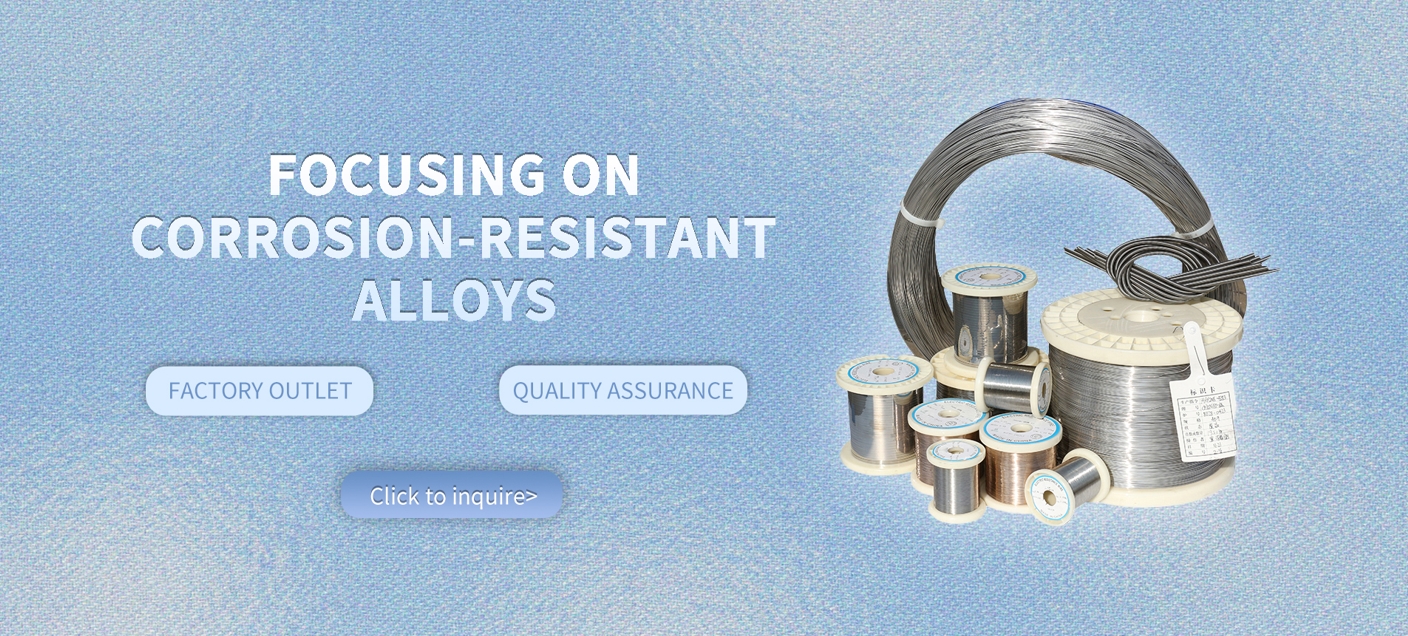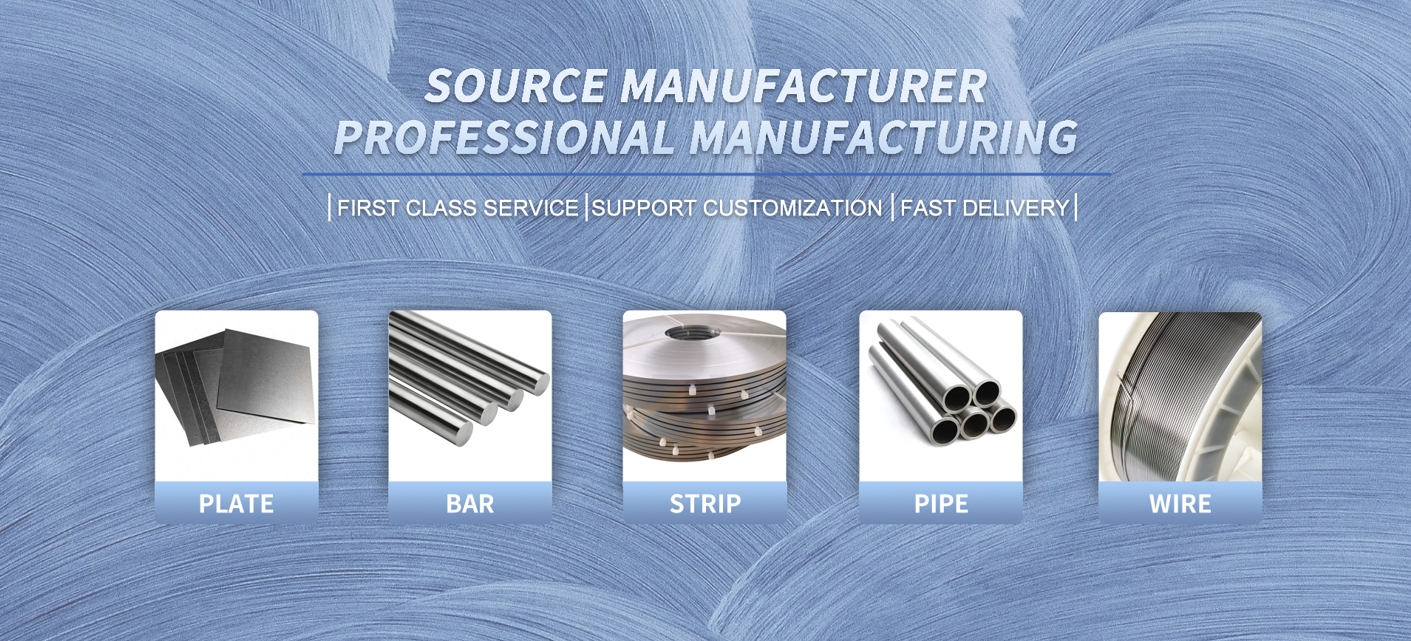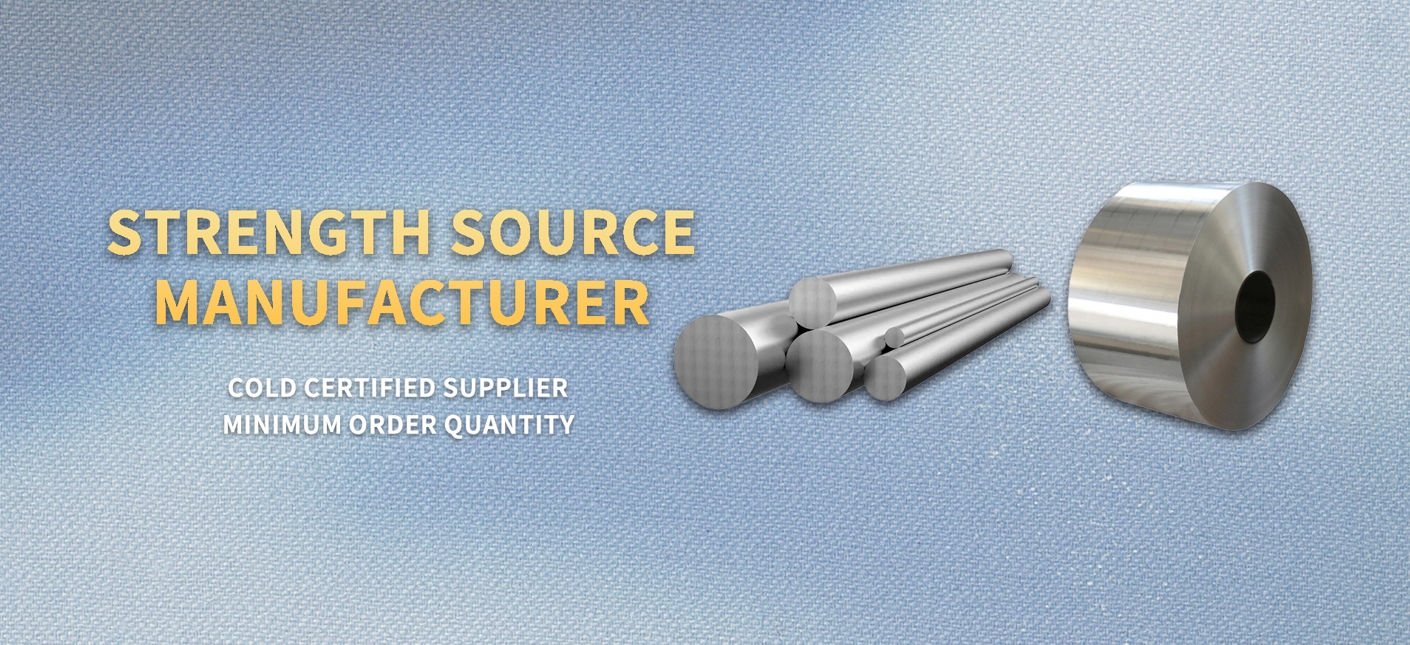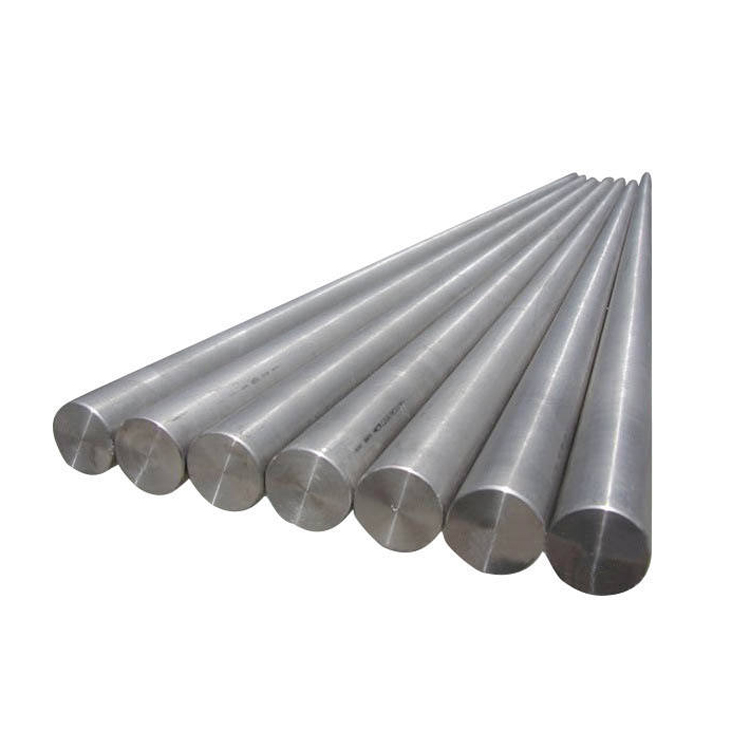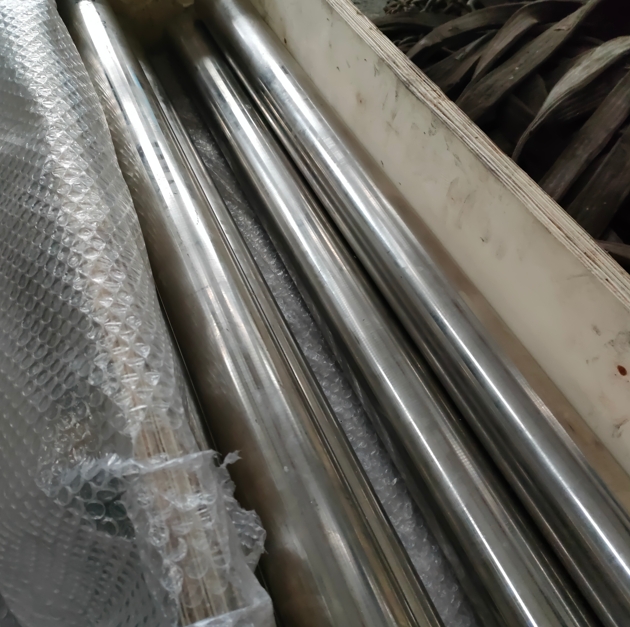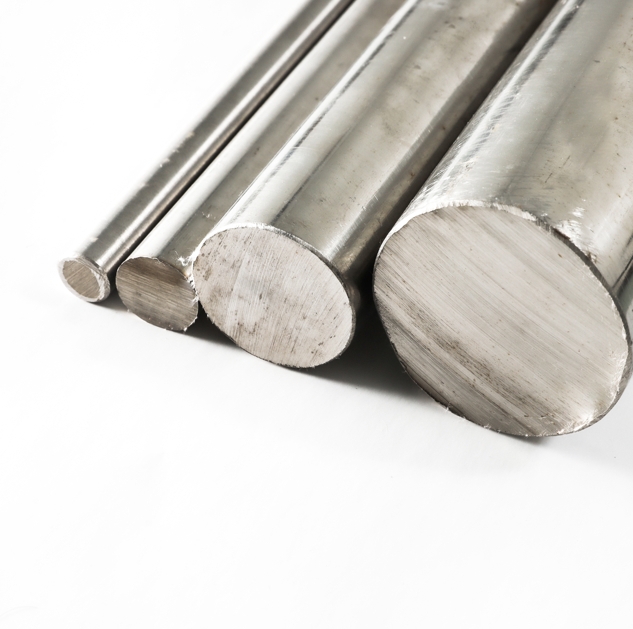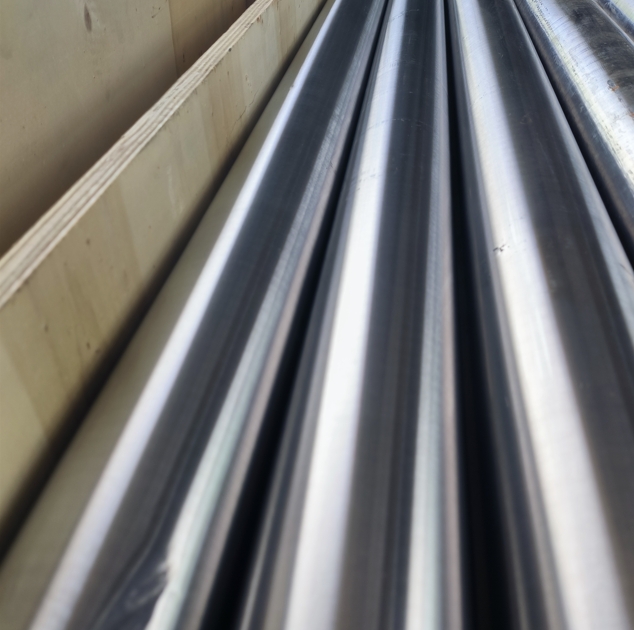CuNi10 Bar for Corrosion-Resistant Marine Components
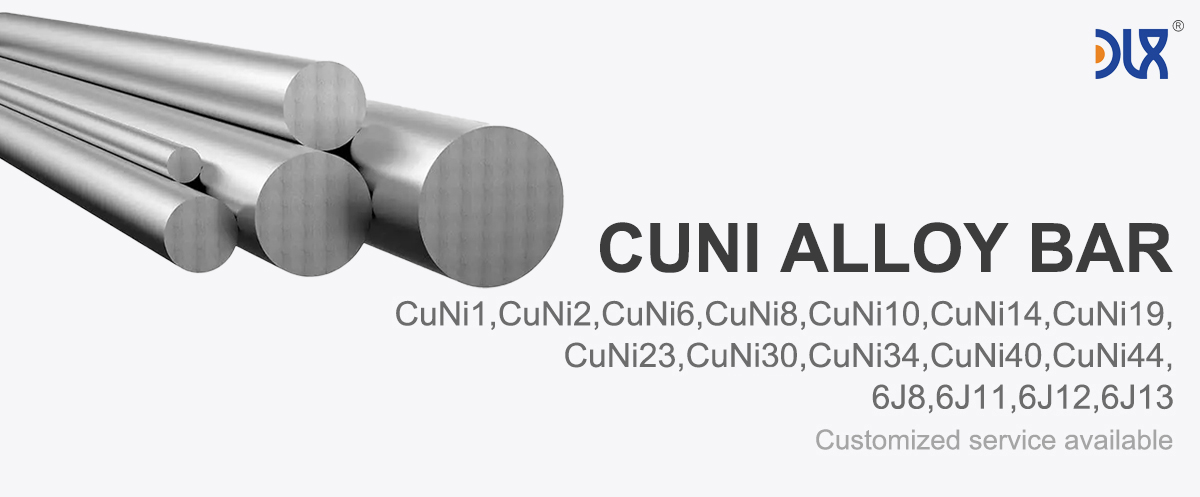
Our CuNi10 bar is a rock-solid choice for marine components that need to stand up to the toughest saltwater environments. This copper-nickel alloy, with 10% nickel and often a bit of iron (CuNi10Fe), is engineered for corrosion resistance and durability, making it a favorite for marine and coastal projects.
What sets CuNi10 bar apart is its ability to laugh off seawater corrosion. It’s perfect for ship fittings, valves, piping, and heat exchangers in marine applications like shipbuilding, offshore platforms, and desalination plants. The iron in CuNi10Fe gives it an extra edge against rust, so your components keep performing even in the saltiest conditions. It’s also got decent electrical conductivity—around 20% IACS—making it useful for marine electrical systems where reliability is key.
This bar is super easy to work with. Its excellent formability means you can machine, weld, or shape it into whatever your project demands. Whether you need custom-sized bars or specific profiles for a marine fitting, we can tailor it to fit your specs, saving you time and effort during production. Plus, it’s stable up to 400°C, so it handles the heat in marine heat exchangers or low-temperature systems without breaking a sweat.
The industry’s moving toward materials that are both high-performing and sustainable, and CuNi10 bar fits the bill. It’s fully recyclable, which is great for eco-friendly initiatives, and its long lifespan means fewer replacements and less waste. With marine industries expanding—think offshore wind farms and global shipping—demand for corrosion-resistant materials like CuNi10 is skyrocketing. Energy efficiency is also a big trend, and CuNi10’s reliability in heat exchangers supports greener marine systems.
Parameter:

Properties Material | Resistivity 200c μΩ.m | Max working temperature (℃) | Tensile strength (Mpa) | Melting point (℃) | Density (g/cm3) | TCR *10-6/℃ (20-600℃) | EMF vs Cu (μV/℃) (0-100℃) |
CuNi1 | 0.03 | 200 | 210 | 1085 | 8.9 | <100 | -8 |
CuNi2 | 0.05 | 200 | 220 | 1090 | 8.9 | <120 | -12 |
0.1 | 220 | 250 | 1095 | 8.9 | <60 | -18 | |
CuNi8 | 0.12 | 250 | 270 | 1097 | 8.9 | <57 | -22 |
CuNi10 | 0.15 | 250 | 290 | 1100 | 8.9 | <50 | -25 |
CuNi14 | 0.2 | 300 | 310 | 1115 | 8.9 | <30 | -28 |
0.25 | 300 | 340 | 1135 | 8.9 | <25 | -32 | |
CuNi23 | 0.3 | 300 | 350 | 1150 | 8.9 | <16 | -34 |
0.35 | 350 | 400 | 1170 | 8.9 | <10 | -37 | |
CuNi34 | 0.4 | 350 | 400 | 1180 | 8.9 | 0 | -39 |
CuNi44 | 0.5 | 400 | 420 | 1200 | 8.9 | <-6 | -43 |
Size Range | |
Wire | 0.08-7.5mm |
Ribbon | (0.05-0.35)*(0.5-6.0)mm |
Strip | (0.50-2.5)*(5-180)mm |
Rod | 8-50mm |
For more details, pls directly contact us.
Compared to other materials, CuNi10 bar holds its own. Pure copper’s a conductivity king but corrodes fast in seawater. CuNi30Mn offers better thermal stability and corrosion resistance but at a higher cost and lower conductivity, making CuNi10 a sweet spot for marine applications. Stainless steel’s tough but doesn’t match CuNi10’s seawater resistance or electrical properties. This bar is the go-to for marine durability.
We produce our CuNi10 bar to meet strict standards like ISO 9001, ensuring you get consistent quality every time. Whether you’re building ship components or coastal infrastructure, this bar’s ready to deliver. Need a specific size or shape? Let us know, and we’ll make it happen.
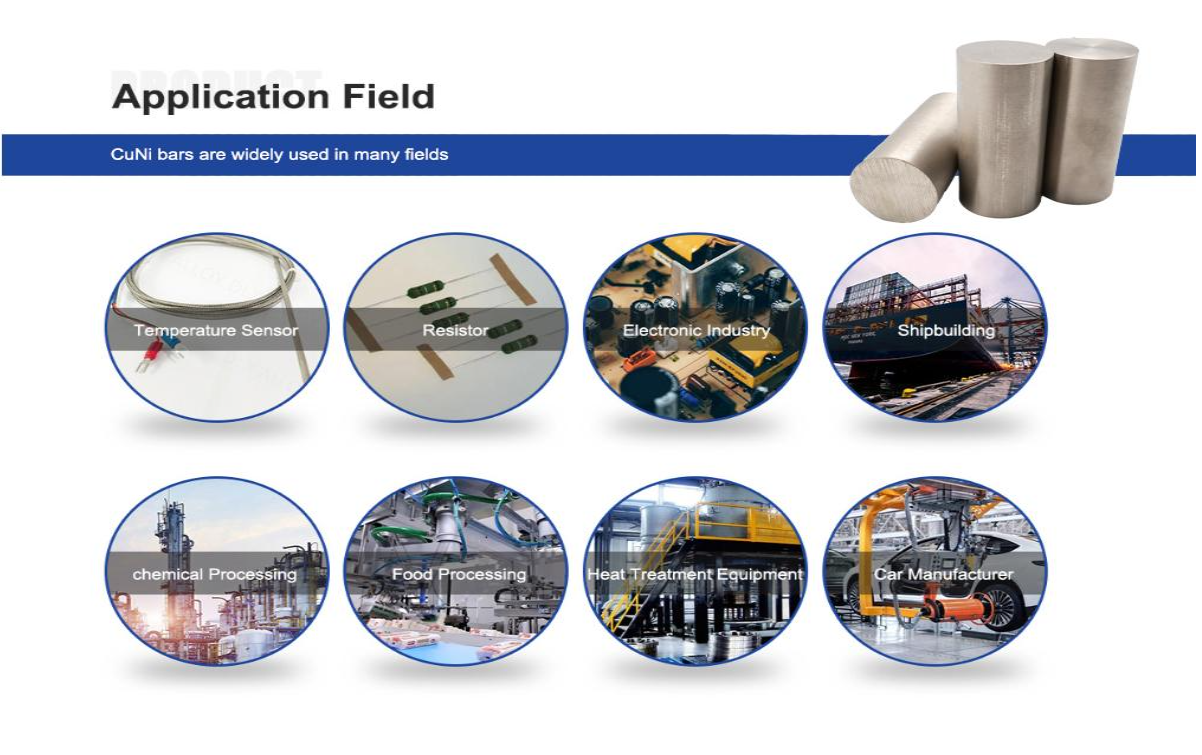
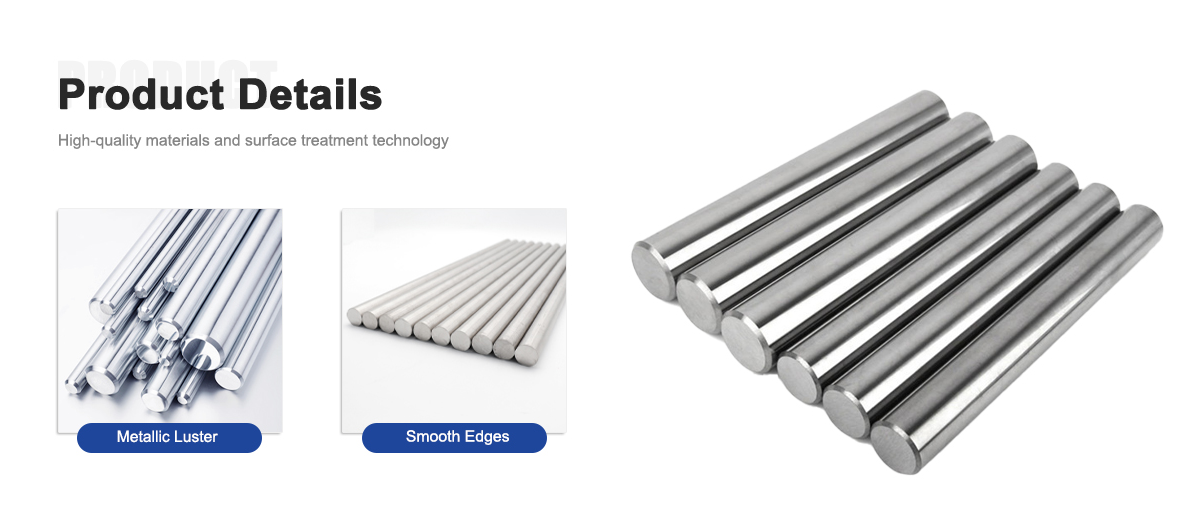
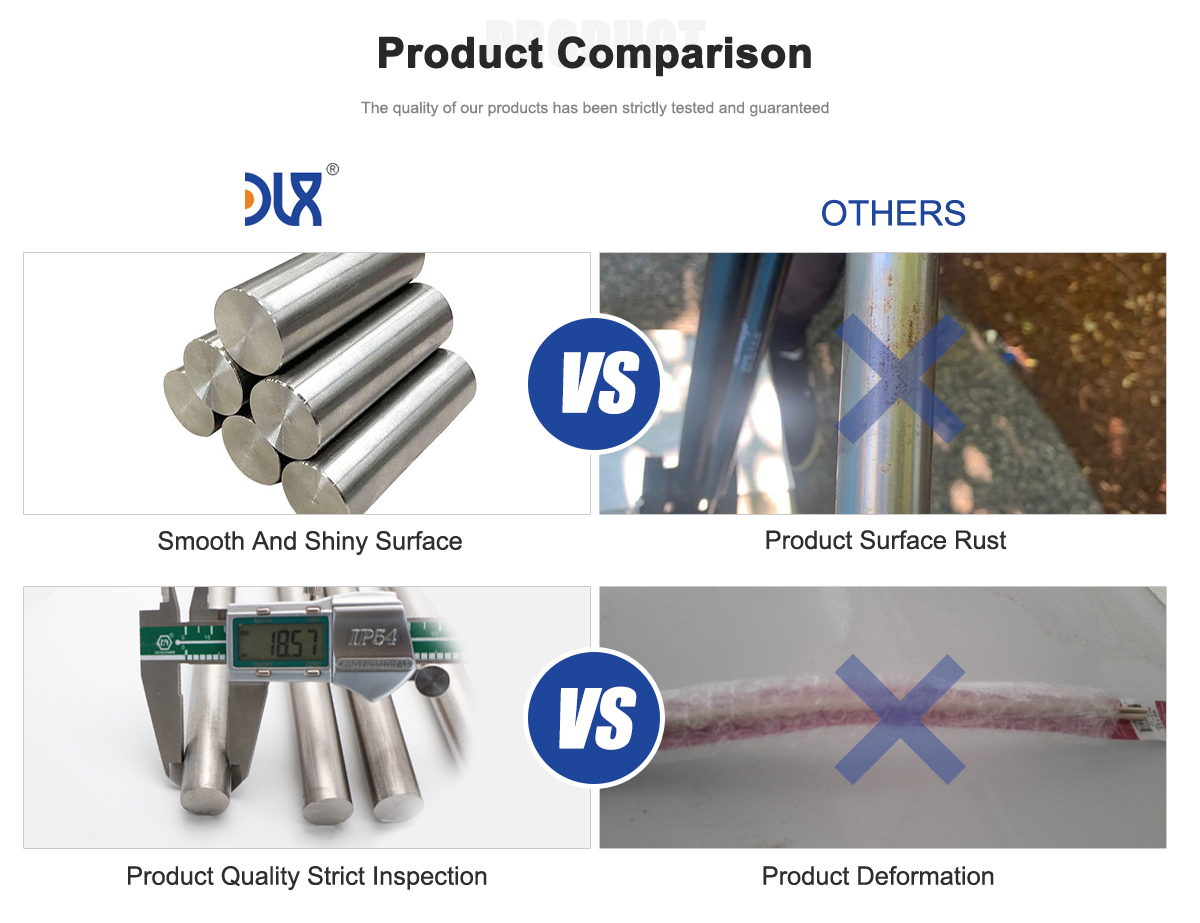
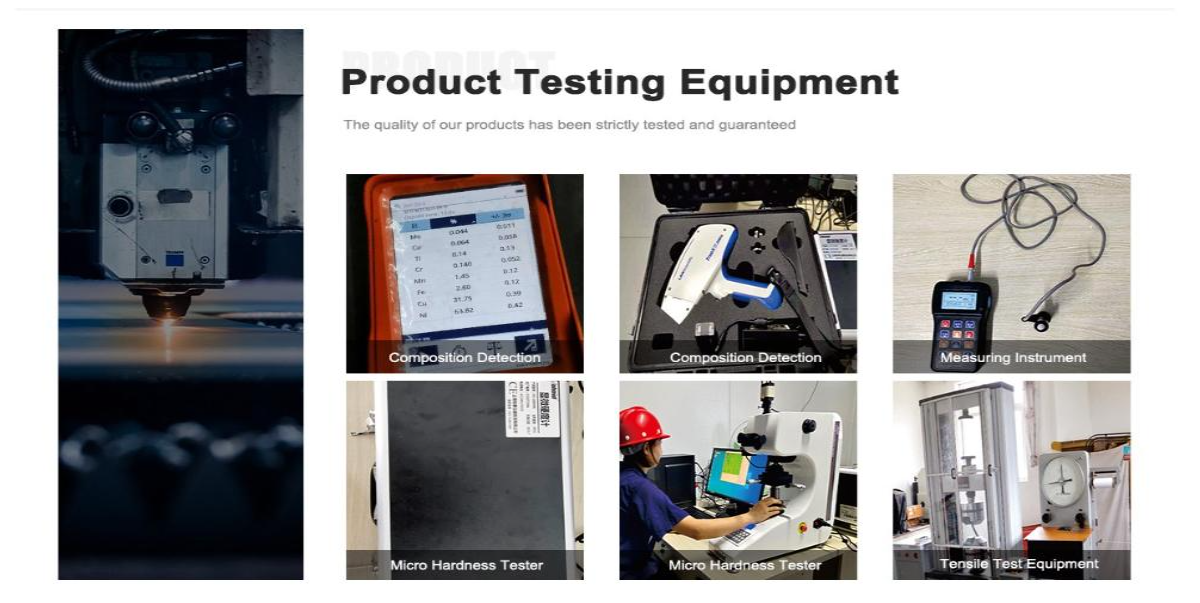


About Us:
Our 12,000㎡ factory is equipped with complete capabilities for research, production, testing, and packaging. We strictly adhere to ISO 9001 standards in our production processes, with an annual output of 1,200 tons. This ensures that we meet both quantity and quality demands. Furthermore, all products undergo rigorous simulated environment testing including high temperature, high pressure, and corrosion tests before being dispatched, ensuring they meet customer specifications.
For all our clients, we offer timely and multilingual after-sales support and technical consulting, helping you resolve any issues swiftly and efficiently.
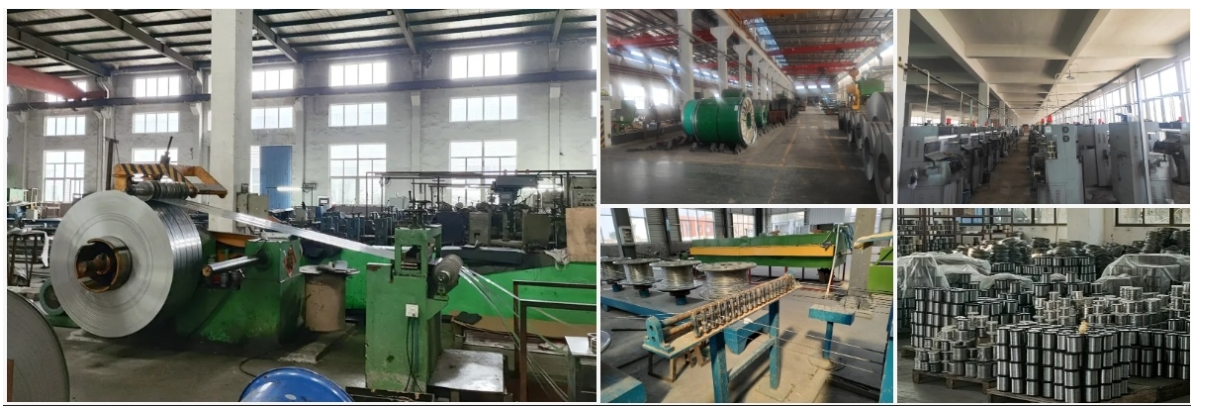
Client Visits
Building Stronger Partnerships
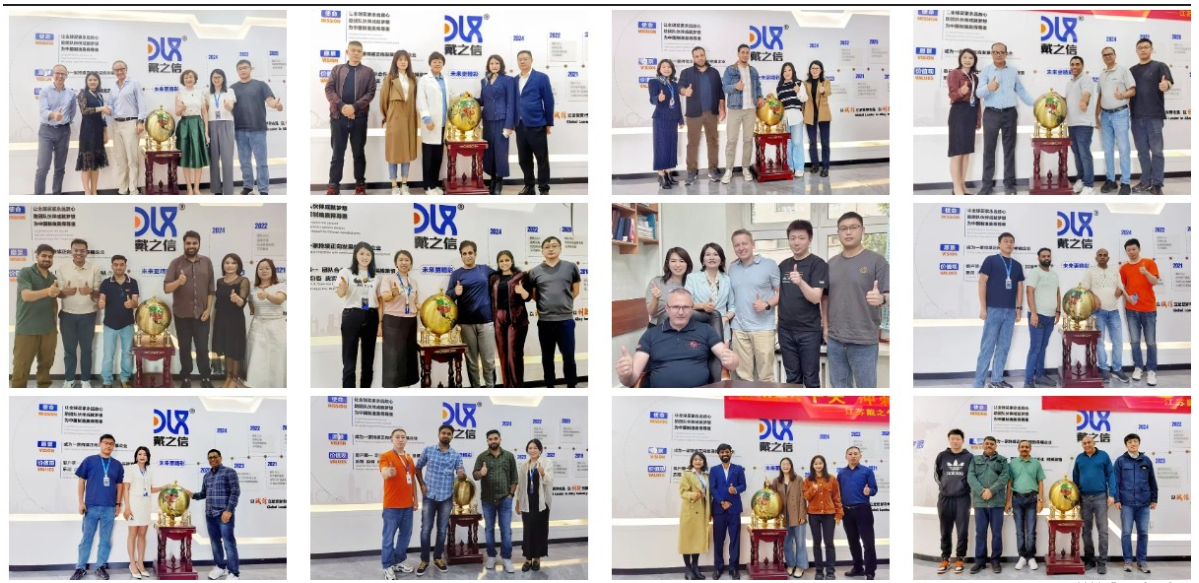
We support all kinds of testing:
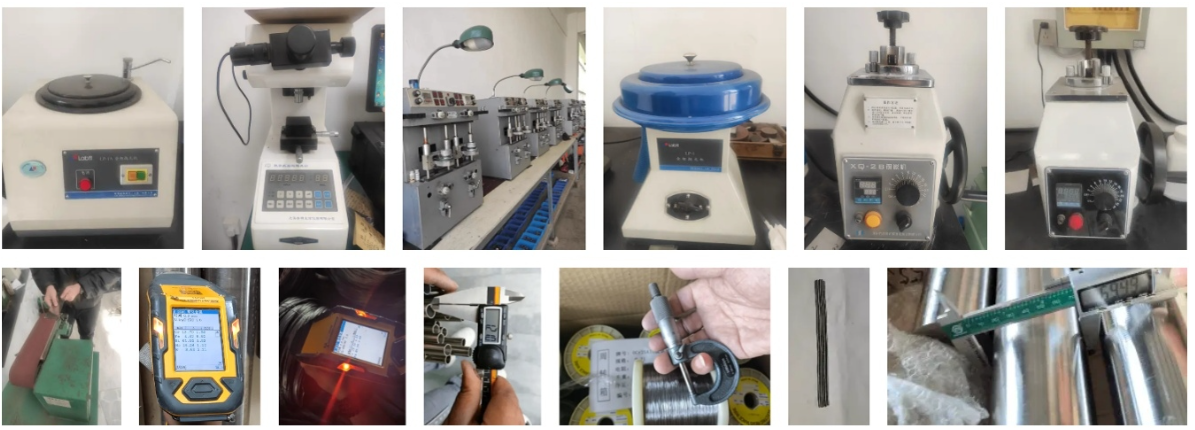
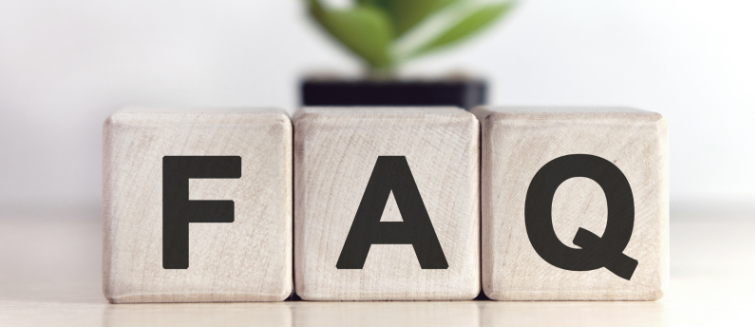
FAQs:
What is CuNi10 bar made of?
It’s a copper-nickel alloy with 10% nickel, often with iron (CuNi10Fe) to enhance corrosion resistance.What are the main uses for CuNi10 bar?
It’s used in marine components like ship fittings, valves, and piping, as well as heat exchangers and desalination systems.How does CuNi10 bar perform in seawater?
It’s top-notch, resisting corrosion from saltwater, making it ideal for marine and coastal applications.Can CuNi10 bar withstand high temperatures?
Yes, it’s stable up to about 400°C, suitable for marine heat exchangers and low-temperature systems.Is CuNi10 bar cost-effective?
It’s pricier than pure copper, but its longevity and low maintenance in harsh environments save costs over time.How does CuNi10 bar compare to CuNi30Mn bar?
CuNi10 has higher electrical conductivity but slightly less corrosion resistance and thermal stability than CuNi30Mn.Can CuNi10 bar be customized?
Definitely! We can adjust dimensions or supply it in various forms to meet specific marine or industrial needs.Is CuNi10 bar environmentally friendly?
It’s recyclable, supporting sustainable practices, and its durability reduces the need for frequent replacements.
